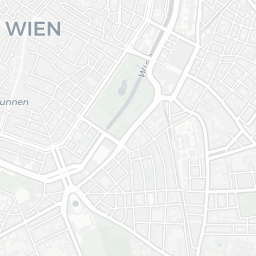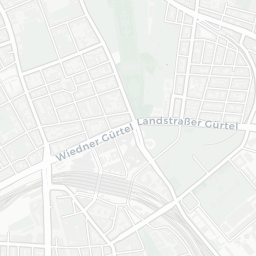About Rabenhof
The Rabenhof, an architectural gem in Vienna, Austria, stands as a testament to the innovative social housing projects of the early 20th century. Designed by architects Heinrich Schmid and Hermann Aichinger, this residential complex was completed in 1927 during the period known as "Red Vienna," when the city was a hub of socialist reform and urban development. The Rabenhof is characterized by its striking red brick facades, intricate decorative elements, and the harmonious blend of functionality and aesthetic appeal, reflecting the ideals of providing quality living spaces for the working class.
As you walk through the courtyards of the Rabenhof, the influence of the Bauhaus movement is evident in the clean lines and geometric forms that define the architecture. The complex is not just a collection of buildings but a community, designed with shared spaces that foster interaction among residents. The thoughtful layout includes gardens, playgrounds, and communal facilities, embodying the vision of creating a self-sufficient urban environment. This approach to housing was revolutionary at the time, emphasizing the importance of social welfare and community living.
Right Where It Began: The Vision of Red Vienna
The Rabenhof is a product of the ambitious social housing program initiated by the socialist government of Vienna in the 1920s. This era, known as "Red Vienna," was marked by a commitment to improving living conditions for the working class through innovative urban planning and architecture. The Rabenhof, with its emphasis on communal living and accessibility, exemplifies the ideals of this period. It was designed to provide not just shelter but a quality of life that included access to green spaces, cultural activities, and social services, reflecting a holistic approach to urban development.
Plan your perfect trip to Vienna with Travo! Download now and start exploring.
Marks of Time: Architectural Features
The architectural features of the Rabenhof tell a story of a time when design was driven by social purpose. The use of red brick, a signature element, not only provides a distinctive aesthetic but also symbolizes the socialist ideals of the era. The complex's layout, with its interconnected courtyards and passageways, encourages a sense of community and belonging. The attention to detail in the decorative elements, such as the wrought iron balconies and art deco motifs, adds a layer of elegance to the functional design, showcasing the belief that beauty and utility can coexist.
Stories in Stone: Community and Culture
The Rabenhof is more than just a residential complex; it is a cultural landmark. Over the years, it has been home to numerous artists, writers, and intellectuals, contributing to Vienna's rich cultural tapestry. The complex has also served as a venue for cultural events, including theater performances and art exhibitions, reinforcing its role as a center of community life. The stories of the people who have lived and worked here are etched into the very fabric of the buildings, creating a living history that continues to evolve.
Details That Speak: Design and Functionality
Every detail of the Rabenhof's design speaks to the thoughtful consideration of its architects. The orientation of the buildings maximizes natural light and ventilation, enhancing the comfort of the living spaces. The inclusion of communal facilities, such as laundry rooms and workshops, reflects the emphasis on practicality and self-sufficiency. The gardens and green spaces provide a respite from urban life, offering residents a place to relax and connect with nature. These elements combine to create a harmonious living environment that remains relevant to this day.
Living History: Present-Day Significance
Today, the Rabenhof stands as a symbol of Vienna's commitment to social welfare and urban innovation. It continues to function as a residential complex, providing affordable housing in a city known for its high quality of life. The principles that guided its creation—community, accessibility, and quality—remain central to Vienna's approach to urban planning. As a historical and cultural landmark, the Rabenhof attracts visitors and scholars interested in the legacy of Red Vienna and the enduring impact of its social housing initiatives.
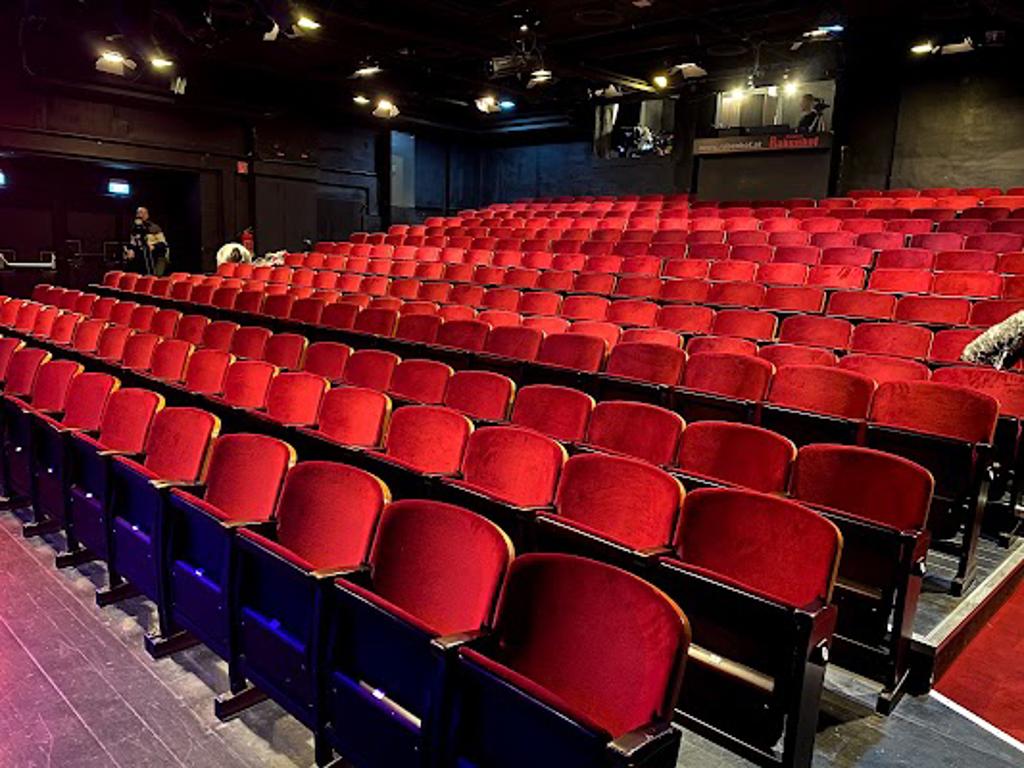
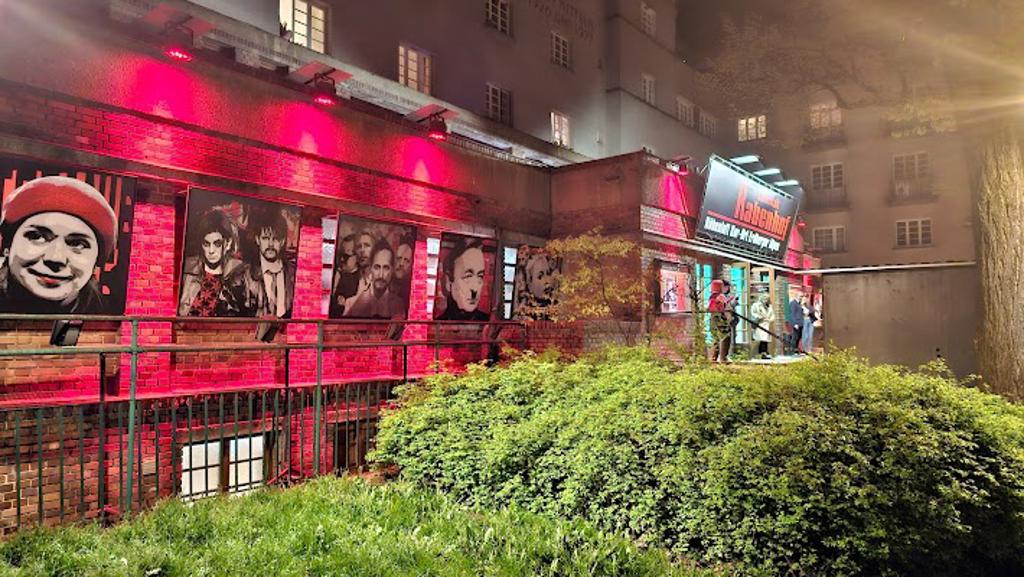
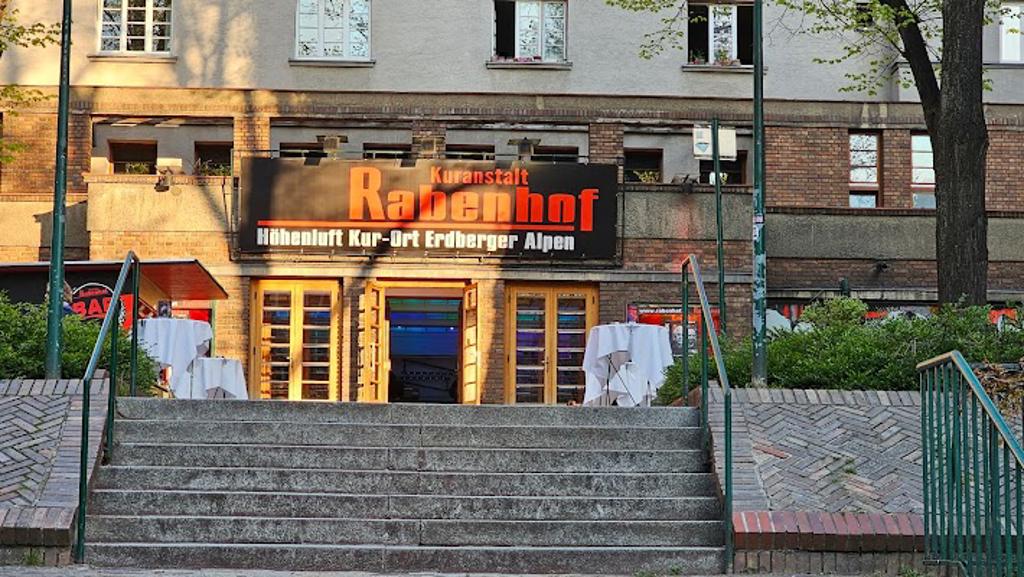
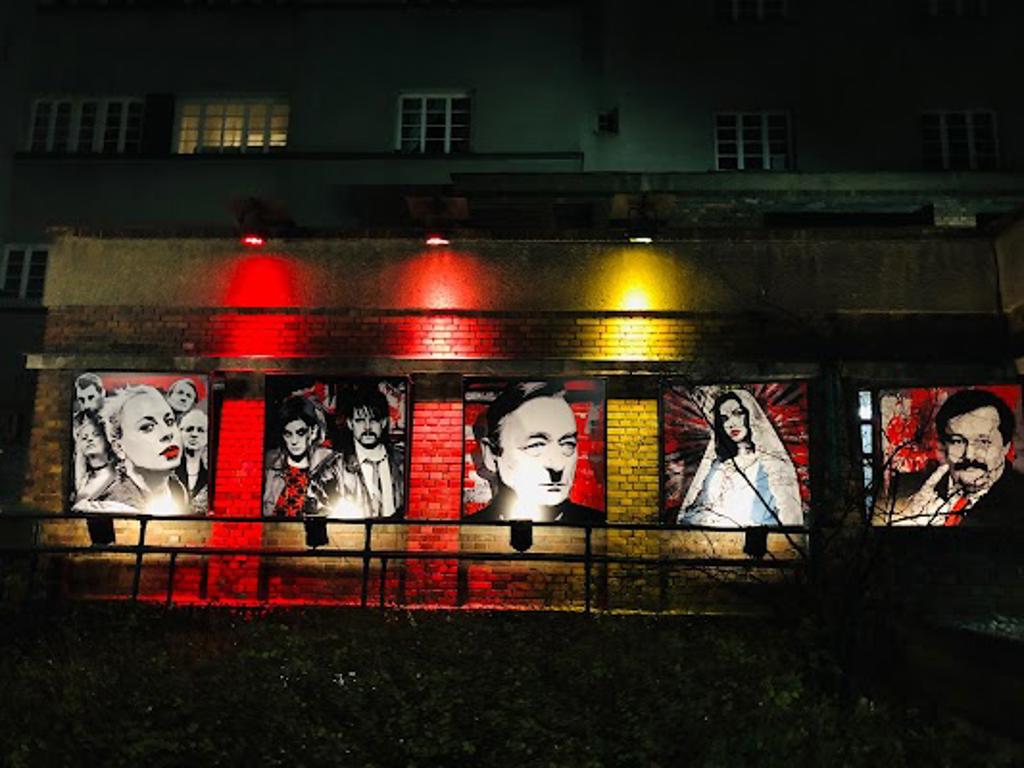
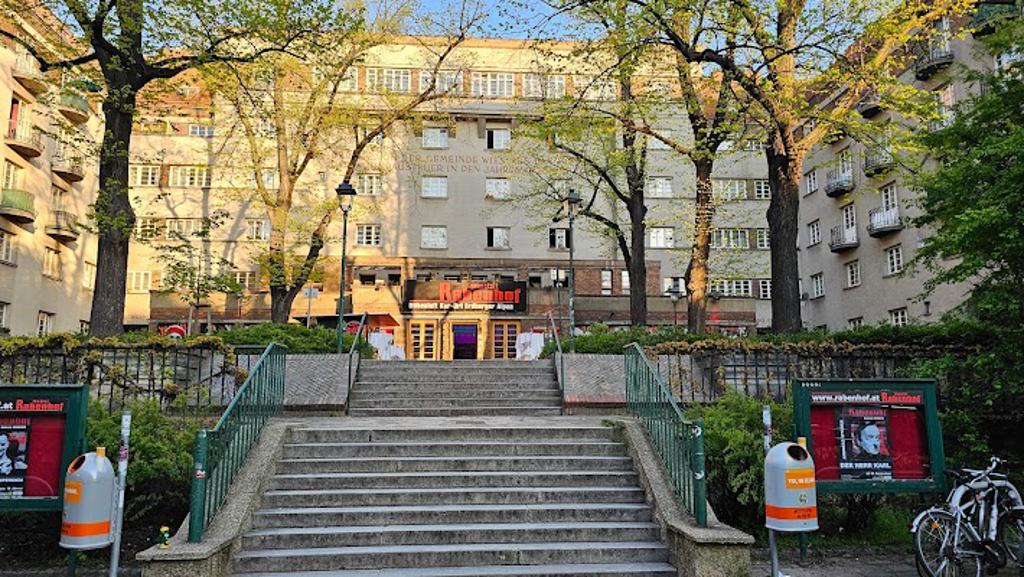
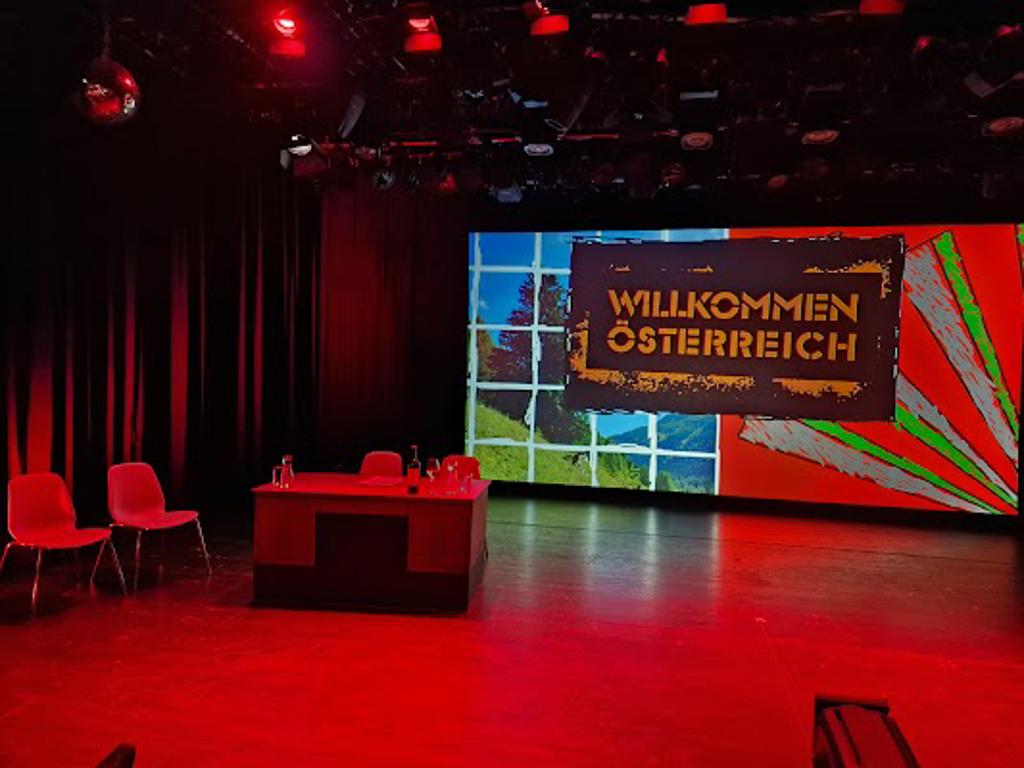
Location
3 Rabengasse, 1030, Wien

